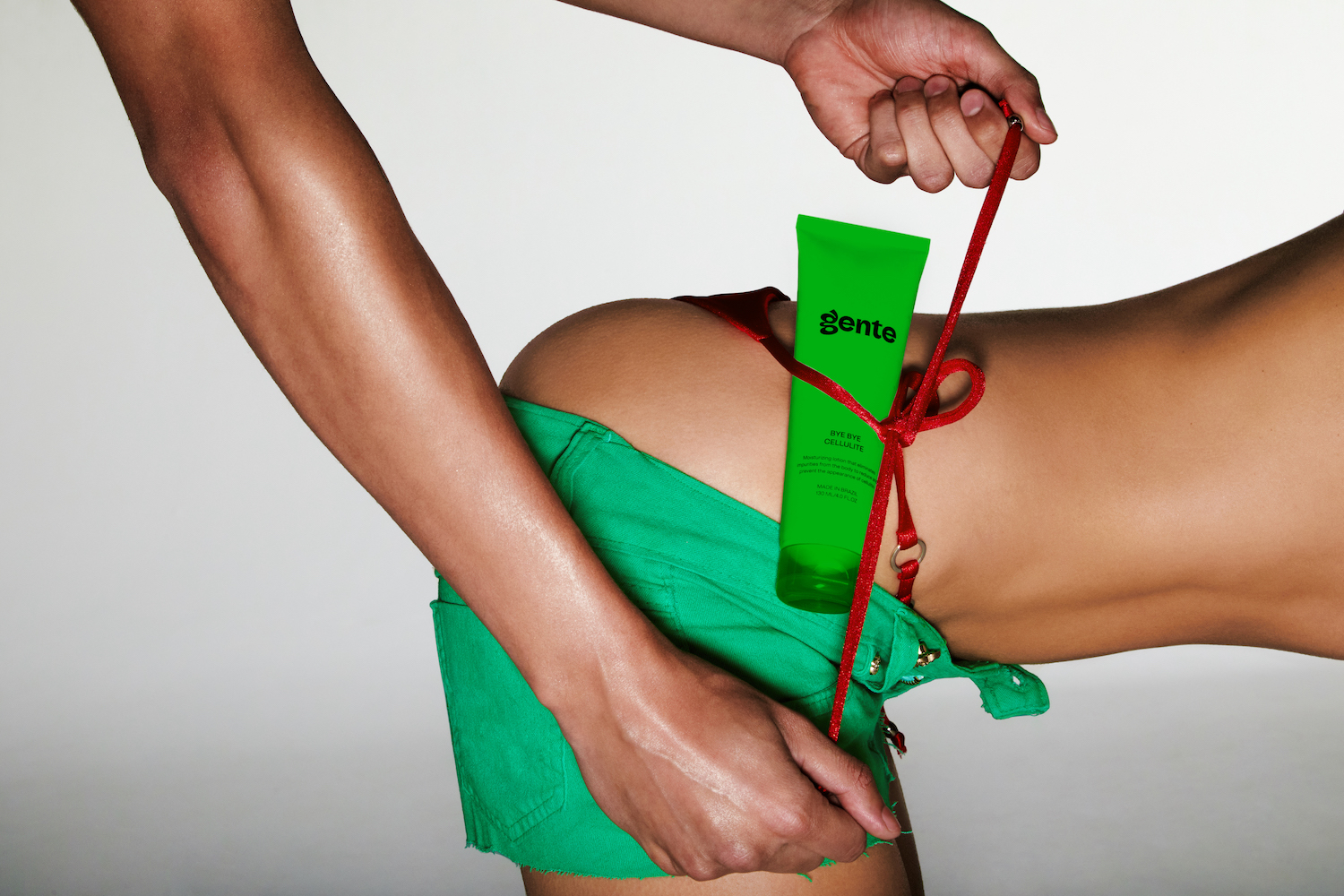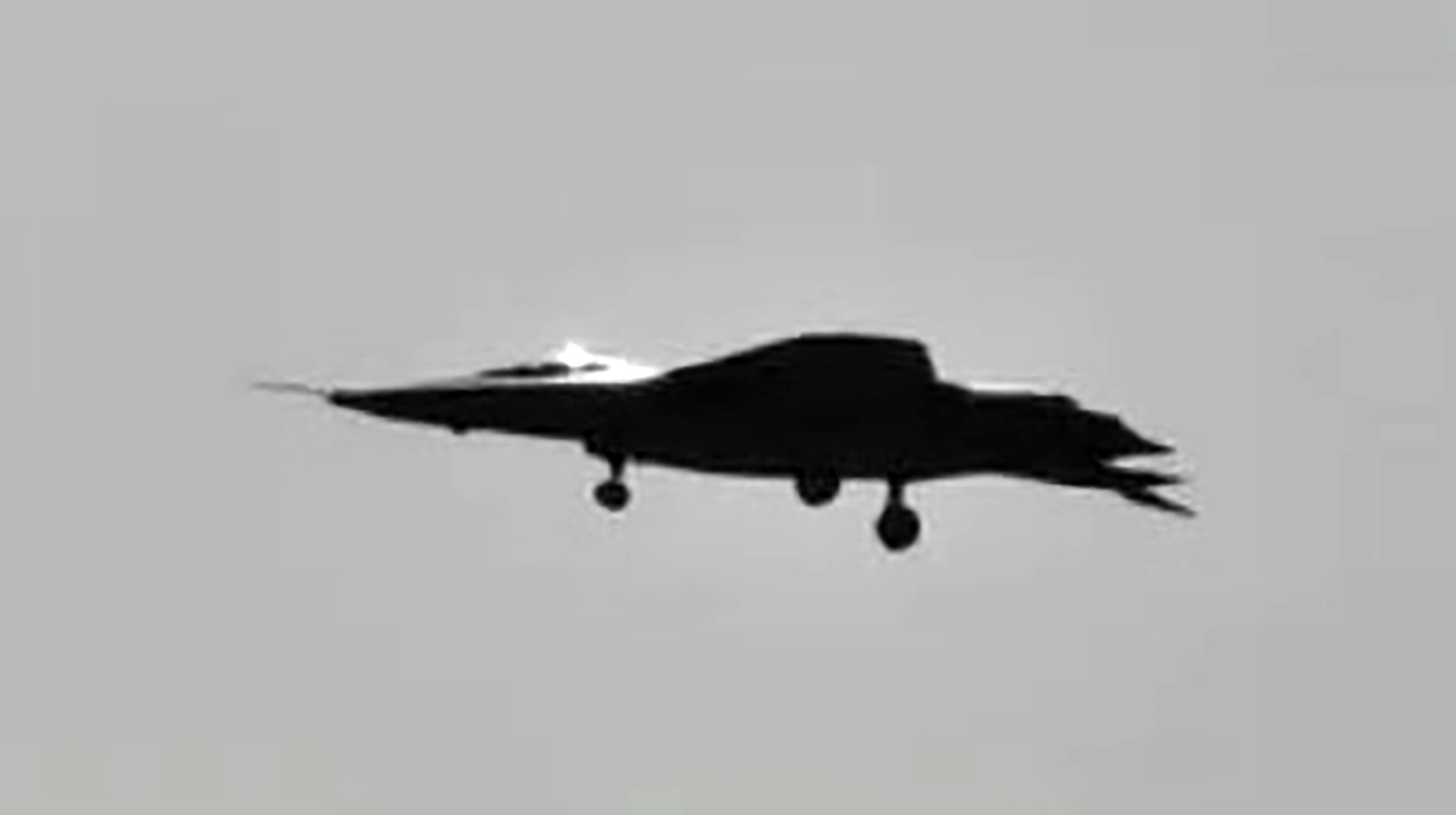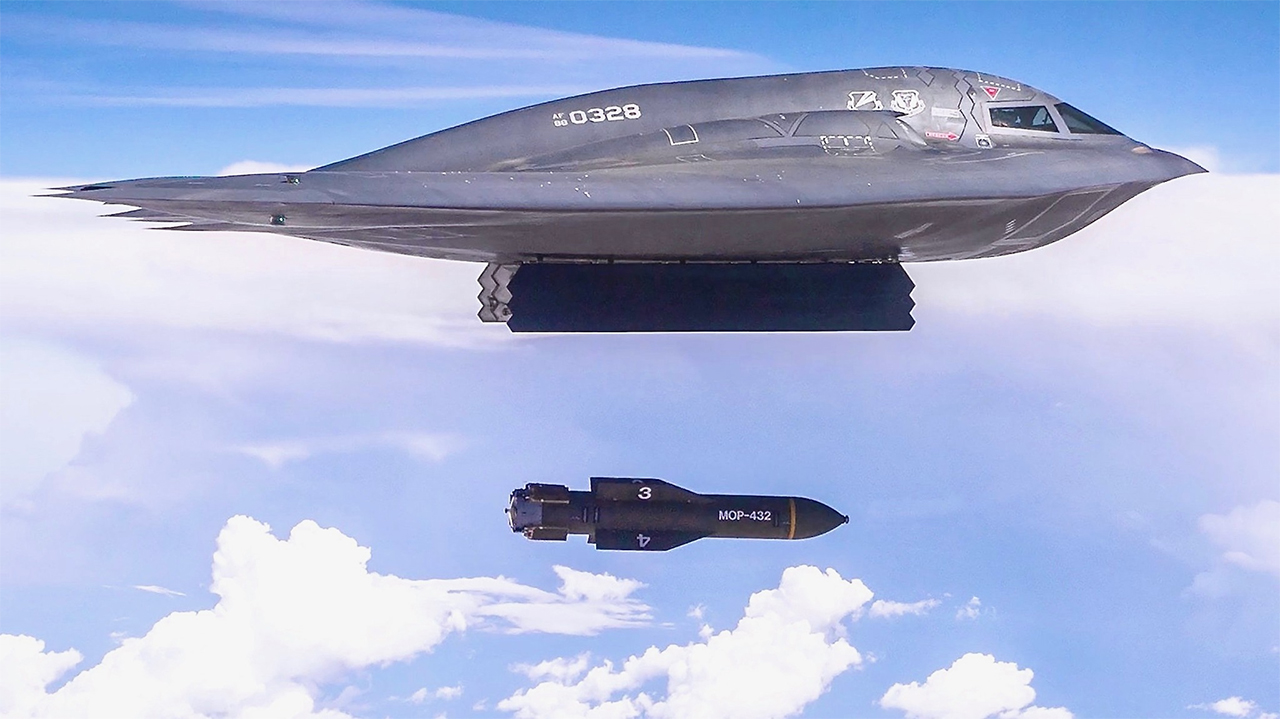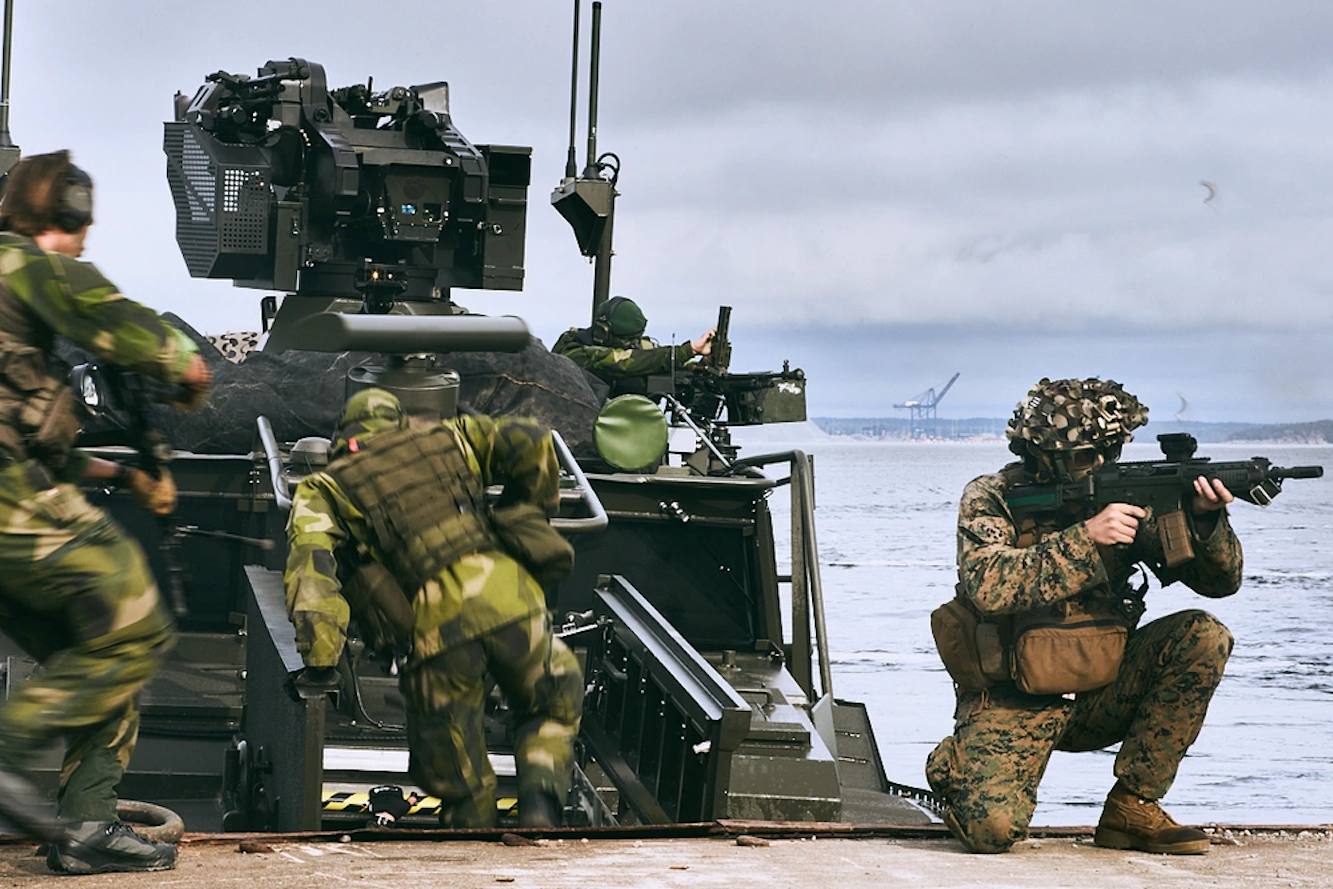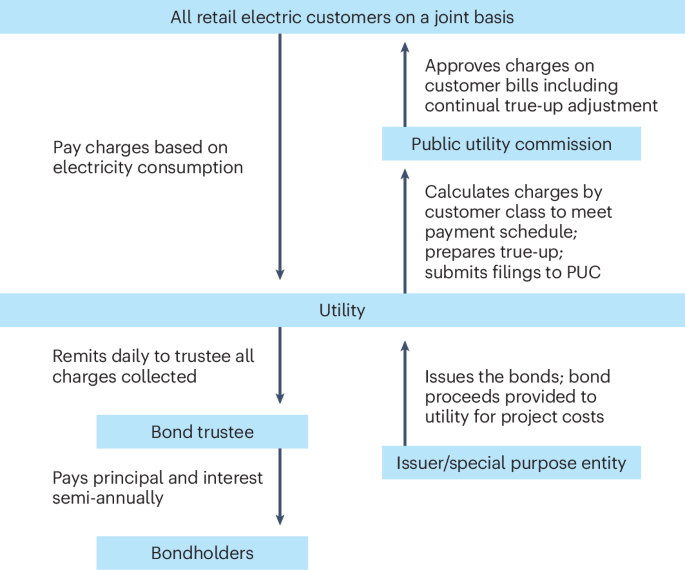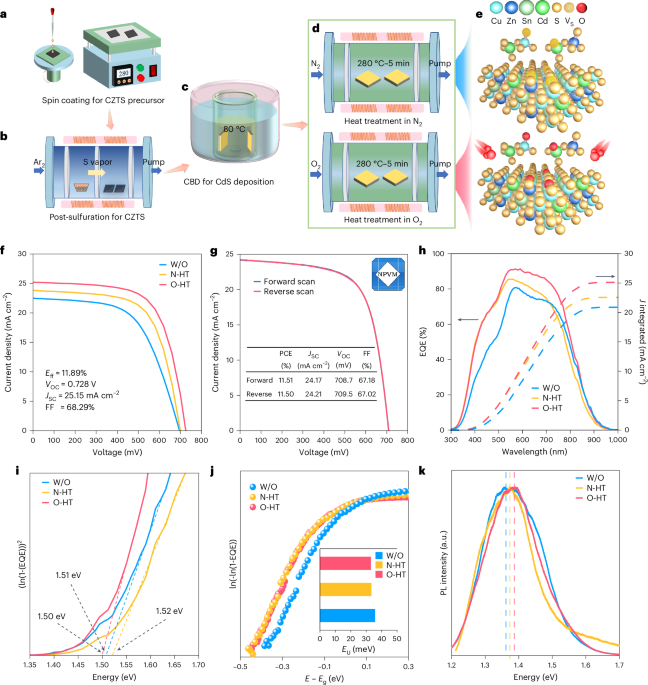The Navy wants dashboards that holler before things break
Real-time data is great, leaders say, but they want something more predictive.

And that’s all great, leaders said Tuesday during the Navy League’s Sea-Air-Space conference, but it would be great if they were able to get ahead of potential problems instead of always having to react to them when something comes up red on the dashboard.
“What we really would like to go to is predictive data to see where we can lean in,” said Rear Adm. Cassidy Norman, the operations director at Fleet Forces Command.
One example would be a readiness-based spare-parts dashboard to help figure which ships need to stock up on which parts. It could pull data from Naval Service Warfare Center Corona, an independent data analytics office that tracks metrics like weapons readiness, said Capt. David Jones, head of the Naval Sea Logistics Center
“All those operational availability-type metrics, we want to capture those, measure that against our models, right?” Jones said. “Are our models effective in what we're saying should be on board that ship?”
In aviation, predictive data could help commands anticipate when an aircraft might break down, based on past data of casualty reports after certain numbers of flight hours or particular missions.
“We want to be able to instrument the ecosystem better and become more predictive on identifying challenges before they manifest into problems, downing an aircraft on the flightline,” said Roy Harris, executive director of the Navy’s Fleet Readiness Centers.
They’re not looking for exact predictions, though, he added, because there’s a lot of variability in the statistics they have.
“I'm looking to be directionally correct, and just make sure it's going the right direction,” he said. “The exact figure becomes less important as long as I'm closing the gap.” ]]>



















































